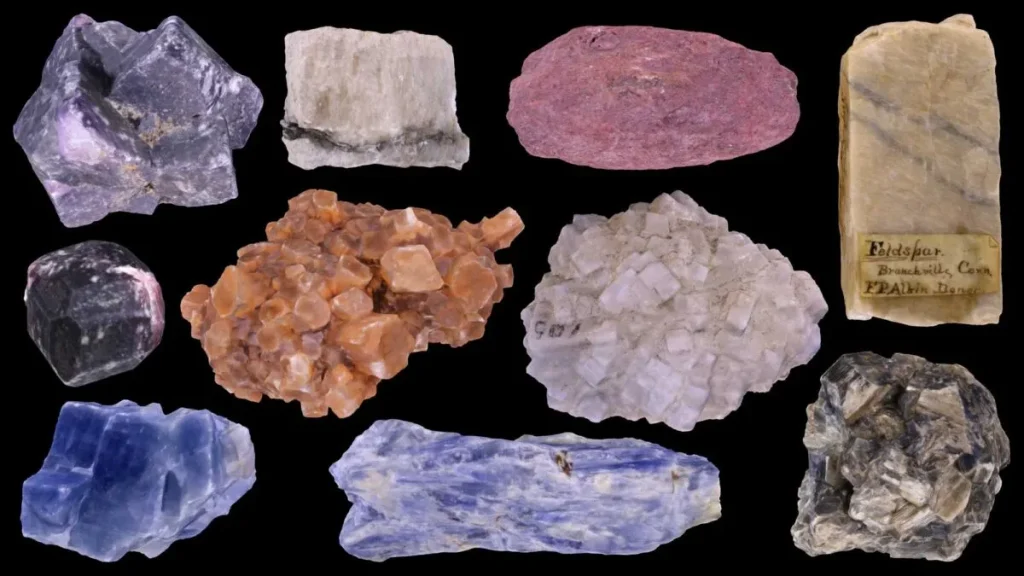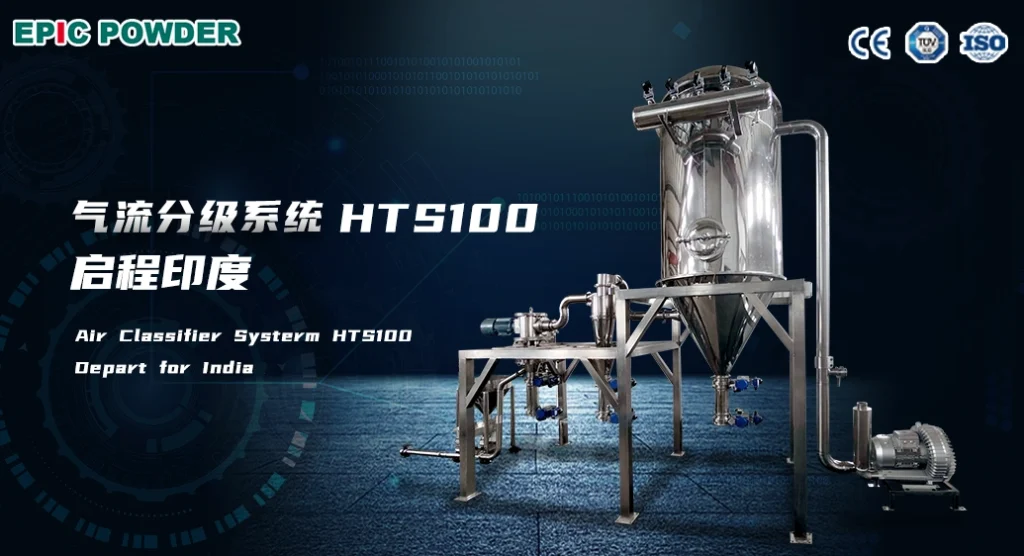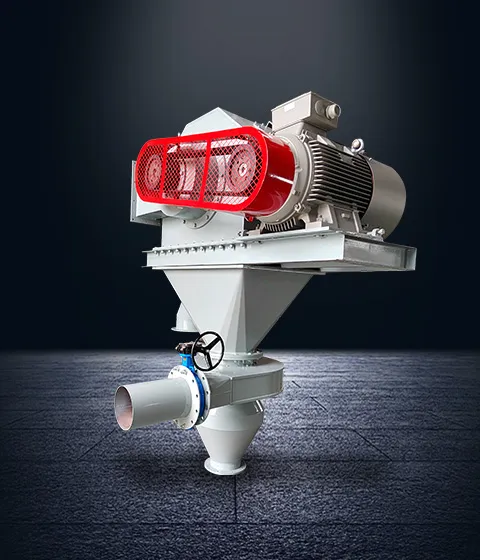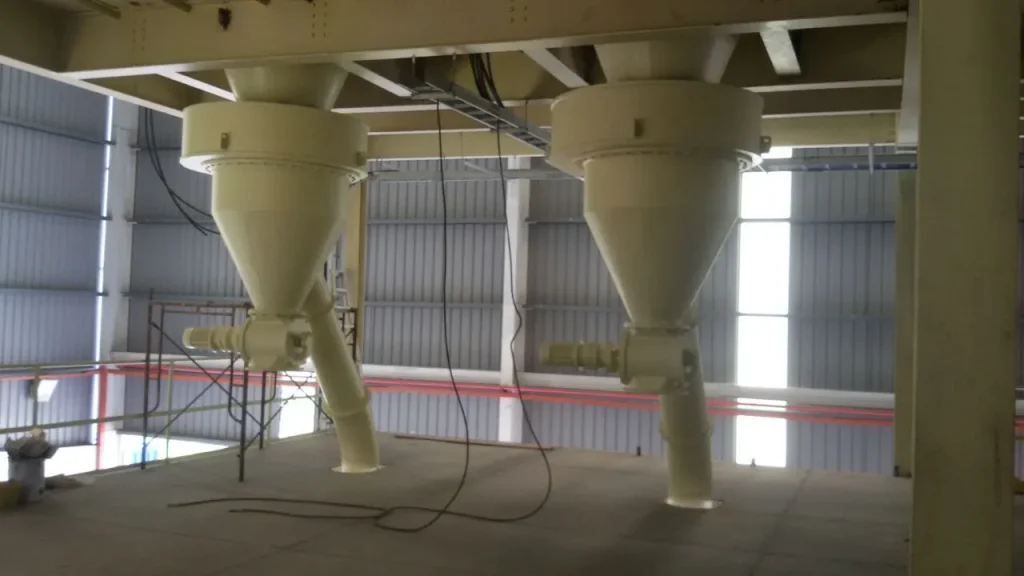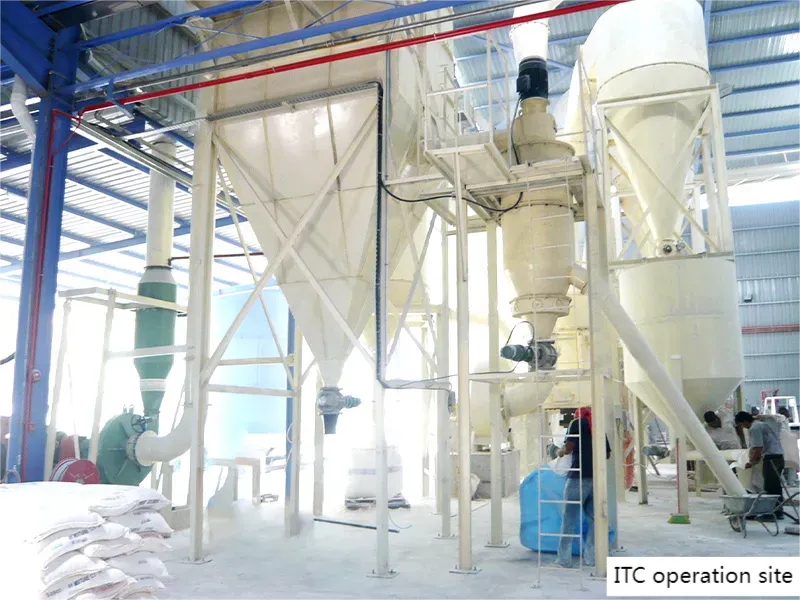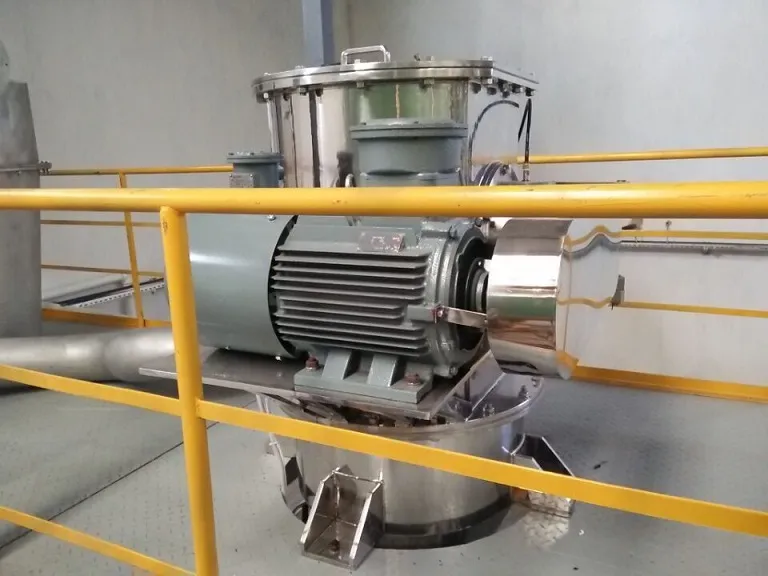The Vital Role of Air Classifiers in Modern Industrial and Technological Applications
Introduction to Air Classifiers Air classifiers are essential equipment in powder processing industries, utilizing airflow and centrifugal forces to separate particles based on size, shape, and density. Unlike traditional screening methods, air classifiers offer a dry, dynamic separation process that achieves precise particle size distribution (PSD) without the need for water or mechanical sieves. This […]
The Vital Role of Air Classifiers in Modern Industrial and Technological Applications Read More »
